Operation Process of a Pump
Operation Process of a Pump
Pumps are vital components in numerous industrial systems, used for moving fluids such as water, chemicals, oil, and other liquids. Understanding how a pump operates is essential for ensuring efficient and reliable performance. Below is a detailed description of the operation process of a typical industrial pump, including its main components and steps involved in its operation.
1. Basic Components of a Pump
Main Components:
- Pump Housing (Casing): The outer shell that contains all internal components and directs the flow of the fluid.
- Impeller: A rotating part that transfers energy to the fluid.
- Shaft: Connects the impeller to the motor and transmits the rotational energy.
- Motor: Provides the power to rotate the impeller.
- Suction Inlet: The point where the fluid enters the pump.
- Discharge Outlet: The point where the fluid exits the pump.
- Seals and Bearings: Prevent leaks and support the rotating shaft.
2. Operating Principle of a Pump
Operation Process:
-
Fluid Entry (Suction):
- Initial State: The pump is filled with the fluid to prime it, ensuring there is no air inside.
- Suction Inlet: Fluid enters the pump through the suction inlet, driven by atmospheric pressure or another driving force.
-
Impeller Rotation:
- Motor Activation: The motor powers the pump, causing the shaft and impeller to rotate.
- Centrifugal Force: In centrifugal pumps, the rotating impeller creates centrifugal force, pushing the fluid outward from the center of the impeller to the edges.
-
Energy Transfer:
- Kinetic Energy: As the impeller rotates, it imparts kinetic energy to the fluid, increasing its velocity.
- Pressure Increase: The high-velocity fluid is directed to the pump casing, where its kinetic energy is converted into pressure energy.
-
Fluid Movement (Discharge):
- Flow Direction: The casing directs the pressurized fluid towards the discharge outlet.
- Fluid Exit: The fluid exits the pump through the discharge outlet, moving towards its intended destination within the system.
-
Continuous Operation:
- Cycle Repetition: The process of fluid entry, energy transfer, and discharge continues as long as the pump is in operation.
- System Control: Flow rate and pressure can be regulated using control valves and speed adjustments of the motor.
3. Types of Pumps and Their Operation
Centrifugal Pump:
- Operation: Uses an impeller to create centrifugal force to move the fluid.
- Applications: Water supply, irrigation, chemical processing.
Positive Displacement Pump:
- Operation: Traps a fixed amount of fluid and forces it through the discharge pipe.
- Applications: Hydraulic systems, oil and gas transfer, food processing.
Diaphragm Pump:
- Operation: Uses a diaphragm to create a vacuum that draws fluid into the chamber, then pushes it out.
- Applications: Chemical handling, slurry pumping, pharmaceuticals.
Gear Pump:
- Operation: Uses meshing gears to pump fluid by displacement.
- Applications: Lubrication systems, chemical mixing, fuel transfer.
4. Advantages and Disadvantages of Pumps
Advantages:
- Versatility: Suitable for a wide range of fluids and applications.
- Efficiency: High efficiency in transferring energy to the fluid.
- Reliability: Durable and capable of operating under various conditions.
Disadvantages:
- Initial Cost: High initial investment for high-quality pumps.
- Maintenance: Requires regular maintenance to prevent wear and tear.
- Energy Consumption: Can consume significant energy, especially in large systems.
5. Applications of Pumps
Water Supply and Irrigation:
- Pumping water for domestic and agricultural use.
Chemical Processing:
- Handling and transferring chemicals in industrial processes.
Oil and Gas Industry:
- Transferring crude oil, natural gas, and refined products.
Food and Beverage Industry:
- Pumping liquids and semi-liquids in food production.
HVAC Systems:
- Circulating water and other fluids in heating, ventilation, and air conditioning systems.
Conclusion
Understanding the operation process of a pump is crucial for maintaining its efficiency and reliability in various industrial applications. By comprehensively grasping how pumps work, operators can ensure optimal performance, reduce downtime, and extend the lifespan of these essential components in industrial systems.
Related News
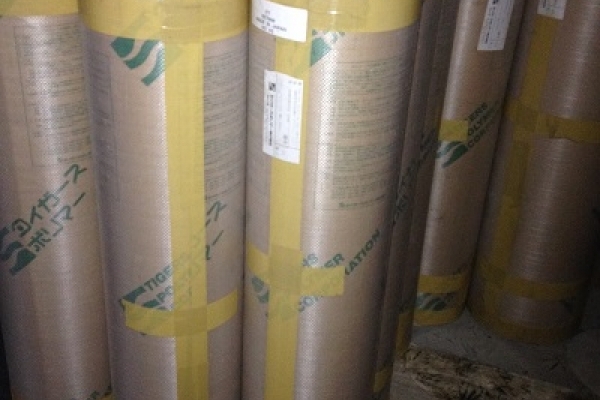
What Is NBR Rubber?
03/11/2025
What Is NBR Rubber? NBR (Nitrile Butadiene Rubber) is a synthetic rubber created through the copolymerization of acrylonitrile and butadiene. It is renowned for its excellent resistance to oil, solvents, and various chemicals, making it widely used in industrial applications.
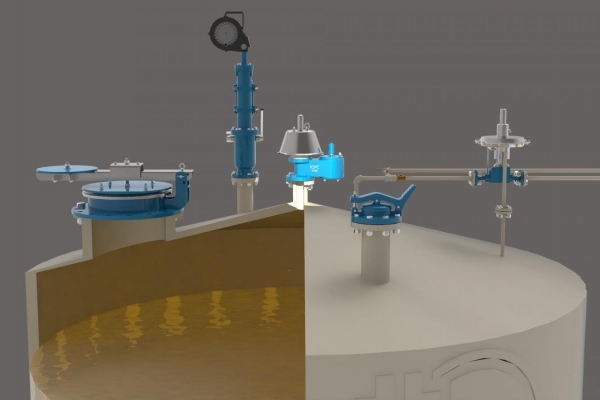
What Is a Breather Valve?
03/11/2025
A breather valve, also known as a pressure-vacuum relief valve (PVRV), is a safety device that protects storage tanks from explosion or collapse caused by pressure differences. It is typically installed on top of storage tanks for fuels, chemicals, LPG, or gases.
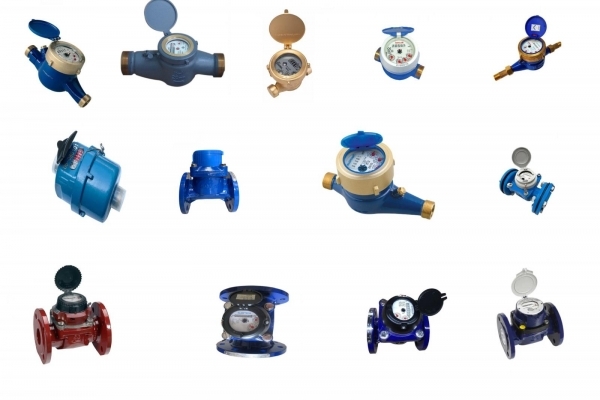
Top 10 best water flow meter brands today
03/11/2025
Sensus water flow meter: Origin: Germany. Advantages: The product has high precision, durable design and stable operation in many different environmental conditions. Sensus clocks are certified by European CO, CQ, suitable for large-scale projects.
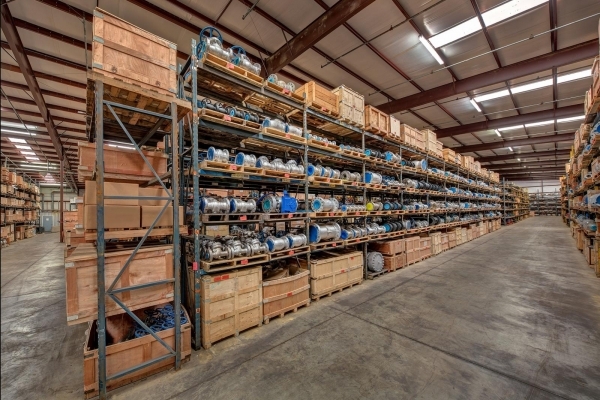
Trusted Industrial Valve Distributor – Industry Leader
03/11/2025
With the continuous growth of Vietnam's economy, the demand for industrial valves and related technical solutions has significantly increased. In this article, we would like to introduce a reputable and leading industrial valve distributor in this field — Phuc Minh Engineering Co., Ltd.

HIGH-TEMPERATURE GASKETS – UP TO 1000°C WITH THERMa-PUR™ 4122 MATERIAL
03/11/2025
HIGH-TEMPERATURE GASKETS – UP TO 1000°C WITH THERMa-PUR™ 4122 MATERIAL In many heavy industries such as chemical processing, oil refining, cement, and power generation, sealing materials must endure extreme temperatures, high pressure, and harsh oxidative environments. Phuc Minh Engineering Co., Ltd. is proud to be a distributor of high-temperature gaskets rated up to 1000°C, combining Garlock’s advanced THERMa-PUR™ 4122 material with Corrugated Metal Gaskets (CMG) – delivering an optimal sealing solution for extreme industrial conditions.









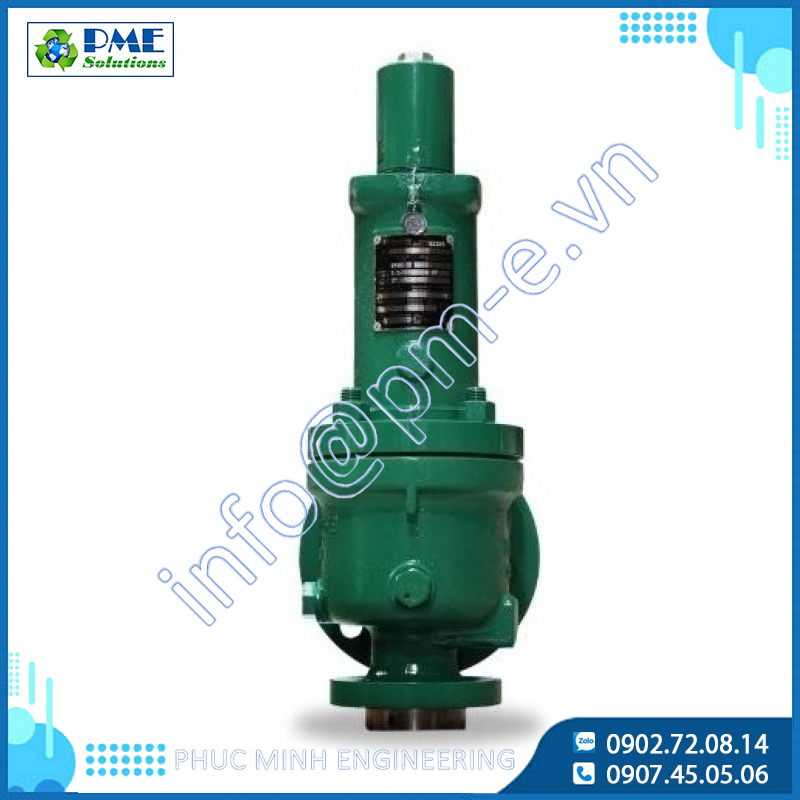
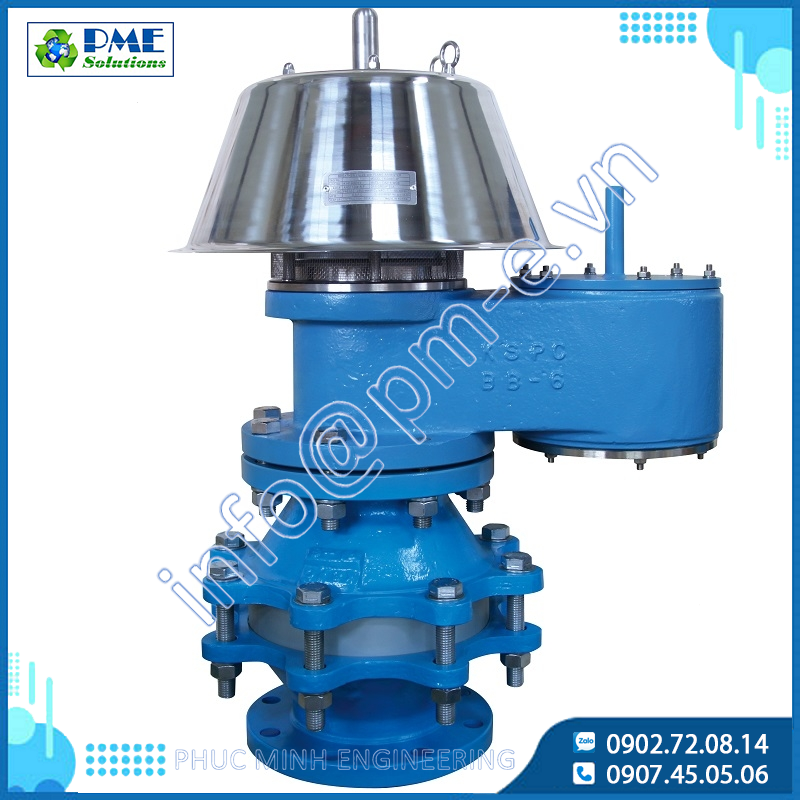
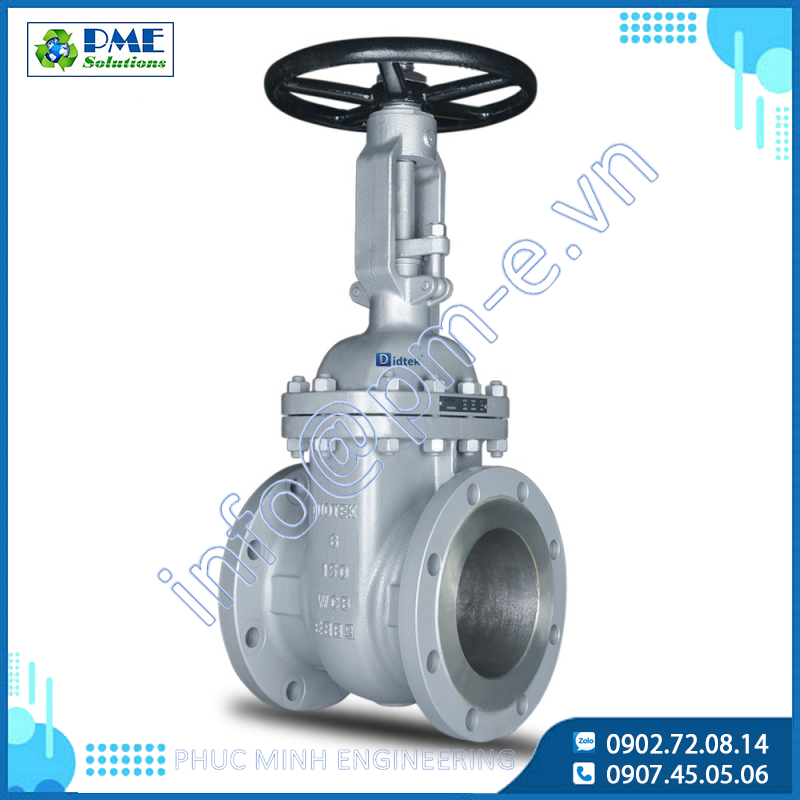




.png)






